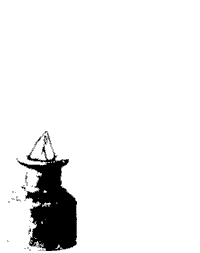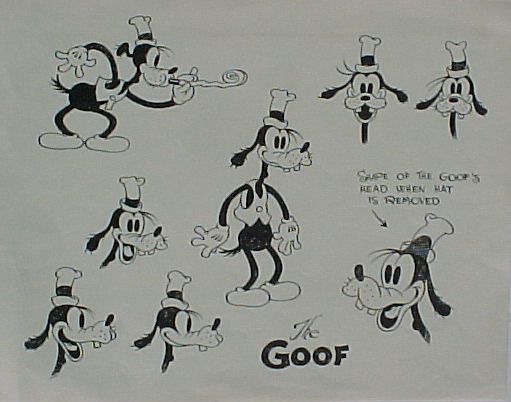Starting the Discussion
The Language
of Animation: Story
Klein,
pp. 32-52
- How did Disney's development
of the multiplane camera move cartoon animation away from emphasizing graphics
and the gag and toward an emphasis on story and camera?
- How are story and graphic
style related? Be ready to give an example from your own viewing.
- The novelist E.M. Froster
described Mickey Mouse in 1934 as "never sentimental; indeed there is
a scandalous element in him which I find most restful." What is he suggesting
as Mickey's (as well as Felix's and so many more) primary appeal for a viewer?
How long did Mickey retain this character and why did he change? What happened
to the "barnyard humor" so popular in the 20s and early 30s?
- According to Klein, "The
animator at the drawing board struggles to coordinate graphics, rhythm and
character in a way that is both whimsical and sustaining (p. 36)." Think
about that.
- The heart of the anarchic
cartoon story is the tension between three essential roles: the nuisance,
the over-reactor and the controller.
Choose a cartoon you've seen in the past and briefly analyze whether these
three roles do indeed define its story. Be ready to share your analysis with
the class.
- In what sense can this
structure be seen as analogous to that of fairy or folk tales? How do they
refract the realities of our daily lives?
- What does it mean to suggest that "as always, cartoons restate the
audience's preferences"?
- The establishment of the Motion Picture Code in 1934 mirrored an increasing
conservatism in the country (and the government). What impact did this cultural
shift have on the animation industry, by this time led by its most successful
practitioner, Walt Disney?
- On pp. 48-49, Klein lists some of the stipulations circulated at the Disney
studio in 1937; what do you think might be the response of the animators to
the sheet quoted from?
- How did Disney also begin to perfect character-based animation at around
the same time? (When Klein observes that "Disney took the multimorphic
world and gave it mechanical laws," what do you think he means?)
- In looking at the early model sheet for Goofy, what can you observe about
the way in which Disney was developing and standardizing character animation?
How would this pay off in financial terms for Disney?
- "A balance between cartoon anarchy and moral storytelling is very fretful
to maintain," Klein concludes. Which side do you predict will win out?
Today we'll
take a look at the following in class (time permitting):
Koko The Cop (1925)
The Band Concert (1938)
The Flying Mouse (1934)
Back
to Home Page


